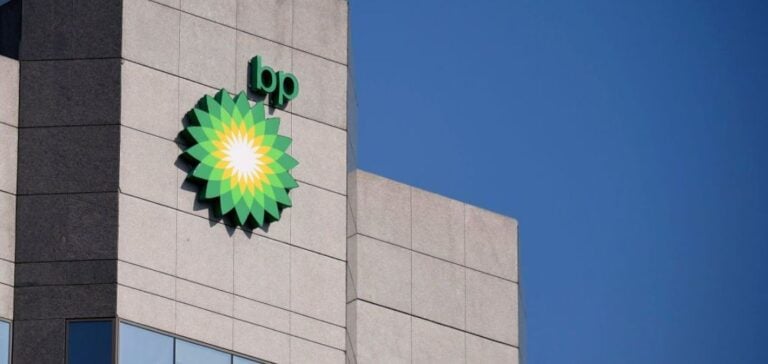BP recently announced a delay for the Australian Renewable Energy Hub (AREH) project in Western Australia, one of the most ambitious global projects for renewable hydrogen production. This colossal project, now set to launch in the early 2030s, combines solar and wind energy infrastructure with a total capacity of 26 gigawatts (GW). Its goal? To supply up to 1.6 million tons of green hydrogen or 9 million tons of green ammonia annually, meant for both local markets and export.
A colossal investment and vast geographic footprint
Estimated at over $53 billion, the AREH project spans 6,500 square kilometers in Western Australia’s Pilbara region. This location was selected for its optimal sunlight and abundant wind resources, ensuring continuous renewable energy production. Indeed, the region offers ideal conditions for year-round operations, supporting the energy-intensive markets of the Asia-Pacific.
CO₂ emissions reduction: a major commitment
The AREH project aims to cut carbon dioxide emissions by nearly 17 million tons annually, roughly equating to 0.5 gigatons over its lifetime. This reduction will directly support decarbonization efforts in the Asia-Pacific region, where demand for renewable energy is growing. By producing green hydrogen and ammonia, AREH not only seeks to reduce Australia’s carbon footprint but also offers a sustainable energy alternative to importers like Japan and South Korea.
A strong partnership for sustainable infrastructure
BP has assembled strategic partners to advance the development of AREH, including InterContinental Energy (holding a 26.4% stake) and CWP Global (17.8%). Alongside Macquarie Capital and its Green Investment Group, BP has secured a coalition of key players committed to the energy transition. This coalition, founded on diverse expertise, strengthens the project’s potential to achieve its goals in the coming decade.
Transmission infrastructure: a green network for local industries
In addition to green energy production, AREH plans to implement 330-kilovolt (kV) transmission lines to supply power to local mining industries in Pilbara, a region where energy-intensive mining is prominent. In partnership with Horizon Power, the project aims to create a regional decarbonization network, providing renewable energy to Australian industries while boosting their energy resilience. These infrastructures will also better support the rising industrial demand for clean energy in the region.
A model for the future of green hydrogen
With this project, BP aims to position Australia as a leading exporter of green hydrogen, contributing to the growing global demand for renewable energy. BP’s strategy to capture 10% of the global hydrogen market is supported by large-scale projects like AREH, designed to establish replicable models for clean energy export. Australia, with its potential for solar and wind production, could thus become a key player in the global energy transition by supplying green energy to Asian markets seeking sustainable sources.






















